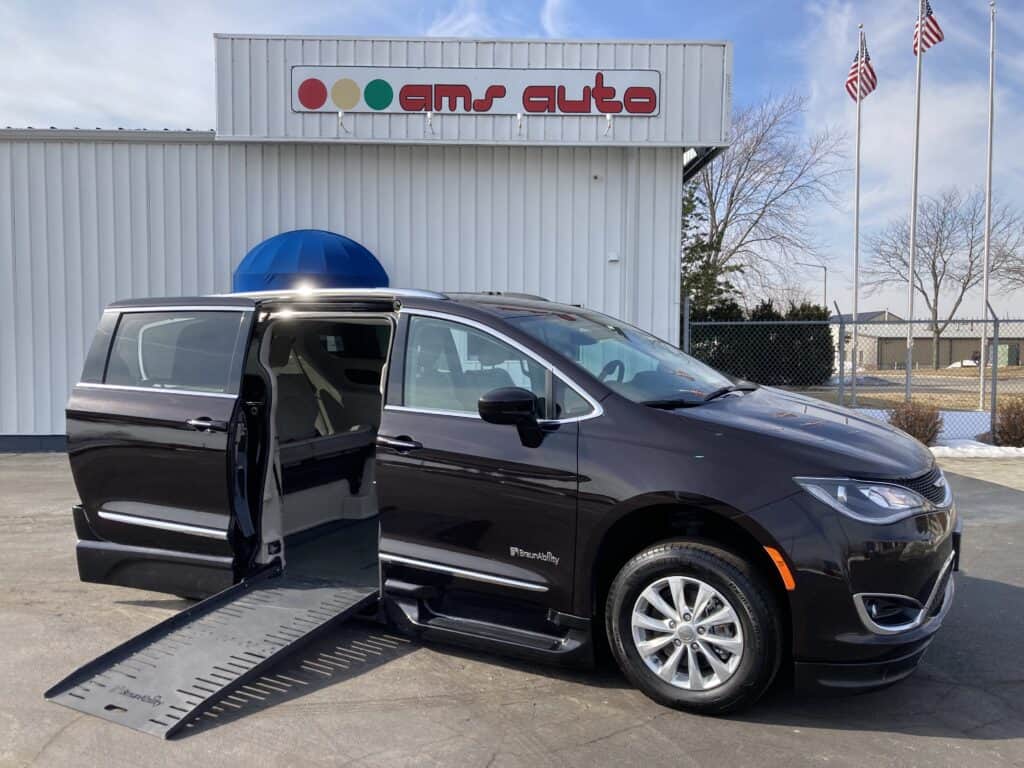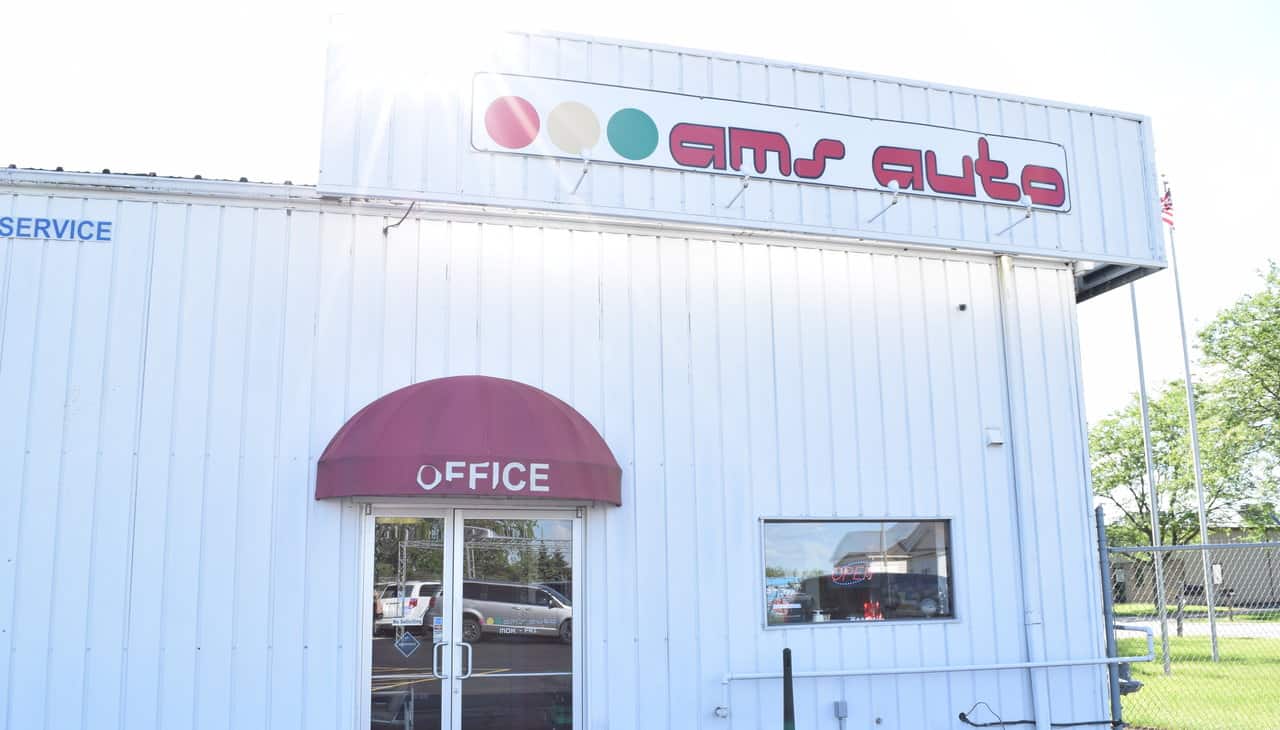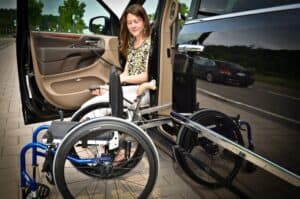According to the National Highway Traffic Safety Administration (NHTSA), the average cost for a new vehicle with adaptive equipment is about $80,000. This may not be feasible for every budget. Fortunately, there are lots of cost-effective solutions available to help reduce this cost. Here are six great tips for finding affordable mobility solutions.
1. Customize Your Own Vehicle
Many people already own a vehicle and need to make modifications to accommodate their disability. This option can be the most cost-effective since the vehicle itself is usually the most expensive component. Take your vehicle to a mobility solutions specialist who can make recommendations and provide a quote to install the devices that you need.
2. Buy a Preowned Mobility-Equipped Vehicle
If you don’t have a vehicle already or the model you have isn’t suitable for your needs, you may have to purchase one. There are preowned vehicles available on the market that have adaptive equipment already installed. The only challenge is finding one with the exact equipment for your disability. It’s possible that the vehicle might require some minor adjustments. The good news is that buying a used mobility-equipped vehicle will cost about half the price of a new one.
If you do decide to purchase a preowned vehicle, it’s recommended to go through an authorized dealer who can ensure all the additional equipment is installed properly and in good working condition.

3. Take Advantage of Mobility Assistance Programs
While brand new vehicles do cost more money, many manufacturers offer special programs that provide reimbursement for the purchase of additional mobility equipment and accessories. Each manufacturers’ Mobility Assistance Program may have different rules or requirements. Be sure to check the fine print before making a purchase. In most cases, you can expect to be eligible for between $1,000 to $2,000.
4. Apply for Grants
There are a variety of grants available to help people with disabilities afford the specialized equipment they need for their vehicles. Many of these grant programs are state-run, so you’ll need to do a little research based on your location. In addition, there are some federal grant programs as well. Some grants are only available for certain people such as low-income or veterans while others are open to anyone who applies.
5. Shop Around and Negotiate Prices
When it comes to mobility solutions, there are a lot of costs that you need to consider including the vehicle, parts, labor, and insurance. Don’t be afraid to shop around, negotiate the prices, and explore alternative options.
When you find a reputable company to supply and install the parts for your vehicle, be sure to ask for a breakdown of the parts and labor. Getting a second quote from another company can help you understand if their quote is reasonable. You can also ask them to recommend alternatives to bring the cost down. For example, a wheelchair ramp may cost less than a motorized wheelchair lift.
Insurance companies can charge extra to cover a vehicle with non-standard equipment. Ask your insurance company if they will cover your mobility solutions while keeping your rate the same. If they won’t, you can get competitive quotes from other insurance providers to help reduce this cost.
If you are purchasing a new vehicle, you may need to get an auto loan. Some lenders provide special rates or discounted fees for people with disabilities. Ask a few different financial institutions if they offer this.
6. DIY (Do It Yourself) Solutions
In some cases, you may only need a minor modification to help you comfortably and safely operate your vehicle. There are plenty of solutions available on sites like Amazon including swivel cushions, hand grips, and door assistance handles. These items are inexpensive and can be installed without the need for a specialized mechanic.
Get Advice from a Trusted Expert
Our team of experts at Alternative Mobility Solutions understands the importance of providing cost-effective mobility solutions to disabled drivers. Freedom and independence shouldn’t be a financial burden. Contact us today for a consultation. We’ll walk you through the process and explore options that make the most sense for your individual financial situation.





